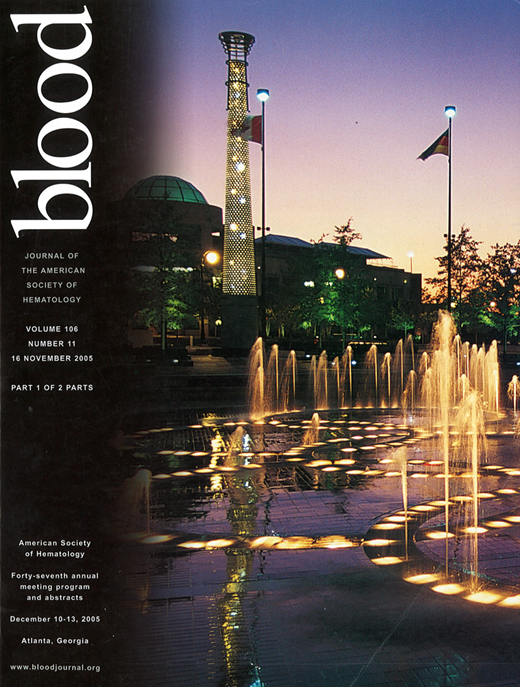Abstract
Introduction:
As a consequence of the impressive long-term remission rates in Hodgkin’s Lymphoma (HL), the reduction of treatment-related complications is becoming increasingly important. The most important treatment-related toxicities are secondary malignancies, infertility, pulmonary, thyroid and cardiac dysfunction. Here, we report results of the prospectively planned LENT-SOMA questionnaire to determine cardiac toxicities in patients successfully treated for HL.
Patients and methods:
Between 1998 and 2002, the GHSG conducted the fourth generation of clinical trials for the treatment of early, intermediate and advanced stage HL (HD 10–12) involving a total of approximately 4000 evaluable patients. The LENT-SOMA questionnaire was sent out to the participating centers 2, 5 and 10 years after randomisation of participating patients to evaluate cardiac, pulmonary, and gonadal dysfunction after HL treatment. To focus on cardiac toxicities, questions referred to cardiac risk factors, subjective and objective cardiac dysfunction, cardiac intervention and therapy.
Results:
Overall, approximately 1.900 (50%) LENT-SOMA questionnaires after 2 years and 10% LENT-SOMA questionnaires after 5 years were identified. Among all documented toxicities, oedema were most frequently reported, followed by arrythmia, cardiac failure, myocardial ischaemia, cardiomegaly, and pericardial dysfunction. The frequency of cardiac dysfunction will be evaluated according to treatment modality (chemotherapy, chemo- and radiotherapy) and it will be analysed with respect to age, gender, and cardiac risk factors. Furthermore, the amount of patients suffering from more cardiac toxicities and the probability of recovery, once a cardiac dysfunction has been detected, will be presented.
Conclusion:
Cardiac toxicities after HL treatment include oedema, cardiac failure, myocardial ischaemia, cardiomegaly, arrythmia, and pericardial dysfunction. The first analysis of the LENT-SOMA questionnaire focussing on cardiac dysfunction will be presented.
Author notes
Corresponding author

